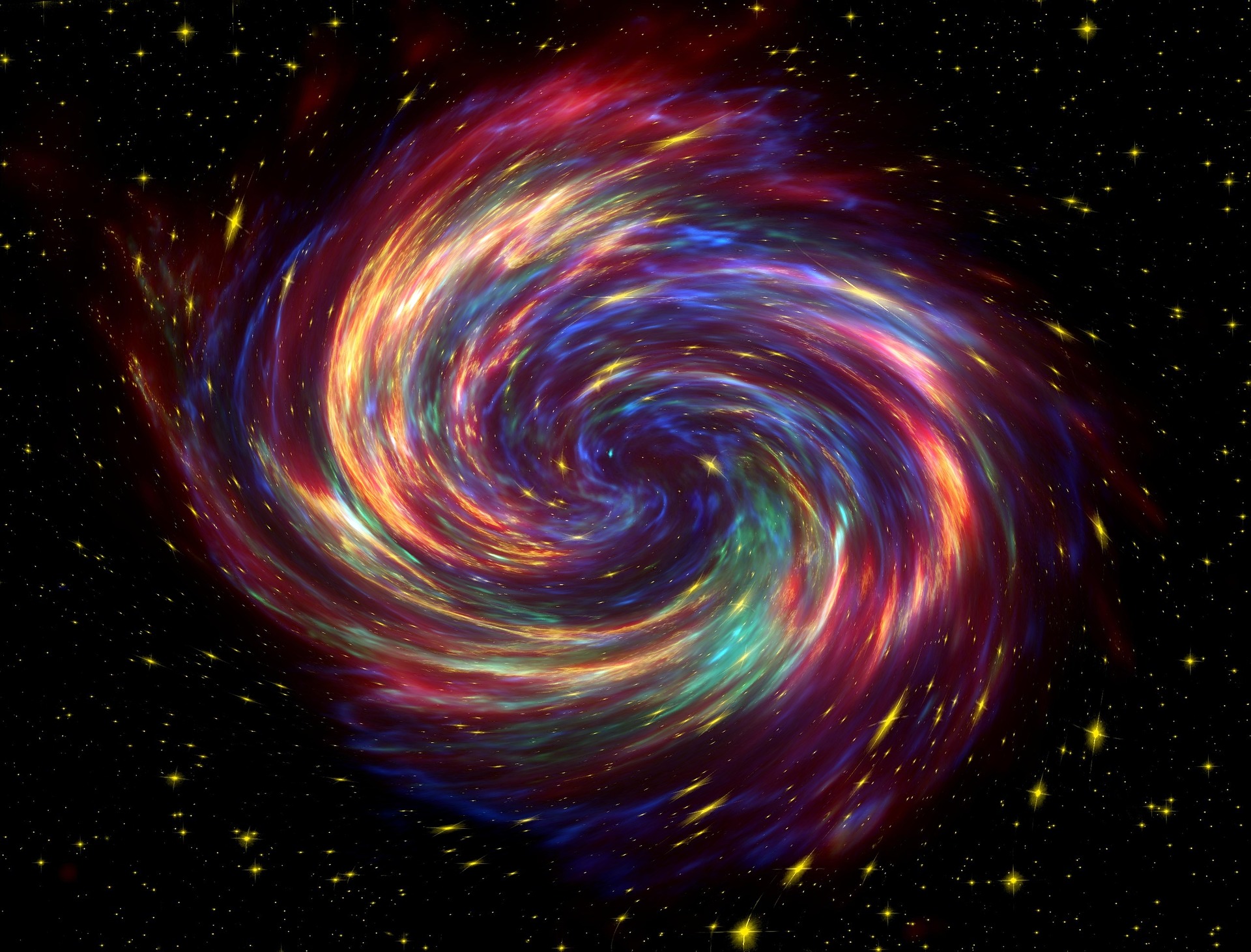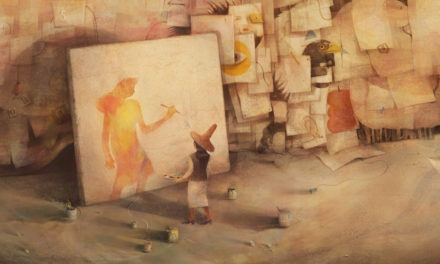The unity of humankind’s religious history is obvious, once one sees it. We have, however, been assiduously trained not to see it. Even more strongly, we have been pressured not to think it; and not to feel it. Yet today it beckons our minds… -Wilfred Cantwell Smith
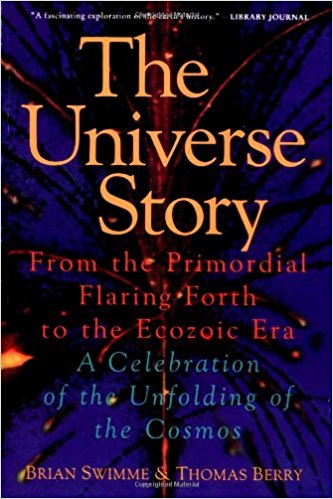
Introduction
Thomas Berry and Brian Swimme peered into that future to note that, “we seem to be moving beyond any religious expression so far known to the human into a meta-religious age that seems to be a new comprehensive context for all religions.” The narrative form of that “new context’ is of course now known as Big History — a.k.a. the Evolutionary Epic or Universe Story–that astonishing synthesis of findings from all the branches of modern science that tells a coherent story of the evolution of the universe from the Big Bang 13.7 billion years ago to the present. Yet oddly, despite religion’s massive global historical influence, leading Big History texts like David Christian’s Maps of Time, Fred Spier’s Big History and the Global Future of Humanity, and Cynthia Brown’s Big History, not to mention a recently published college textbook on Big History, Between Nothing and Everything, by Christian, Brown and Craig Benjamin, pay scant attention to it, tending to see it as an evolutionary dead end. It is not only that they largely ignore its historical role; they give no hint whatsoever that human religious instincts might yet play constructive roles in dealing with the global problematic. All of this follows naturally from their materialist metaphysical assumptions at a time of increasingly withering critiques of materialism’s incoherence from both non-theist (Thomas Nagel) and theist (Alvin Plantinga) angles.
It is for Big Historians to decide whether their narrative should assign religion a less marginal role. As a philosopher I can suggest only how religion might best be construed from a properly Big Historical perspective. To characterize that how briefly here, I need only echo the words of noted historian of religion Wilfred Cantwell Smith, who, after a lifetime of studying the diversity of human religious beliefs and practices, advised us to see them as a single, if multiform, planetary spiritual heritage. Indeed, contended Smith, “our new task is to interpret the cosmic significance of human life generically.”
1. The Cosmological Sense in Which We are One
It was 1931 when the Belgian Catholic priest and astronomer Georges Lemaitre theorized that our universe had begun in an ancient explosion from an infinitesimal point. but decisive evidence for the theory was lacking until 1964 when Penzias and Wilson detected the Cosmic Microwave Background Radiation.
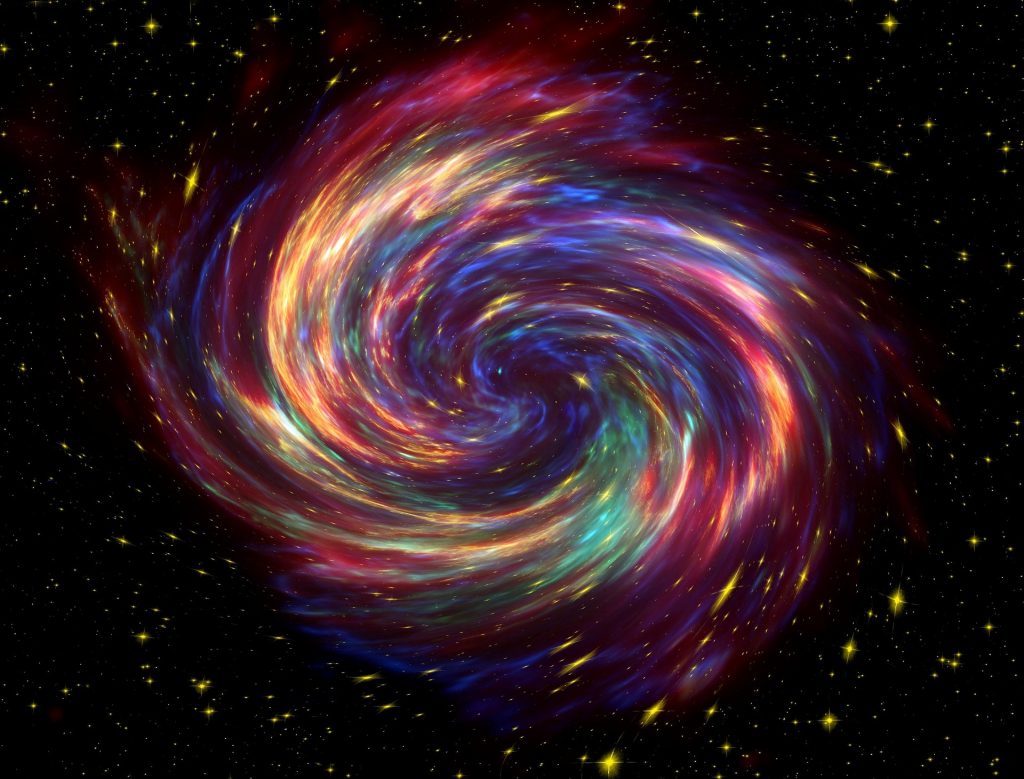 Mysteries remain of course. That all the matter and energy in a universe that stretches 93 billion light years across and contains perhaps 200 billion galaxies each with 100 billion stars was once condensed in a point much smaller than an atom, is, I’m told, a difficult proposition for even astrophysicists to entertain. “And why was there something there to bang in the first place?” some cosmologists ask, while others note that since the Bang created time and space in the first place, there could have been no “there” for that virtual subatomic particle to be. And what caused the Bang? We have no idea. As David Berlinsky notes, “the Big Bang singularity does not represent a physical concept because it cannot be accommodated by a physical theory. It is a point at which physical theories give way.” And when it did bang, how did the resulting radiation initially manage to spread faster than the speed of light? And why after countless quintillions of particles and anti-particles annihilated each other with perfect symmetry for 300,000 years did a few particles manage to elude their suicidal dopplegangers to allow matter to bootstrap itself into existence? This is hardly an idle question. As far as I can tell, science hasn’t the foggiest notion of how matter bootstrapped itself into existence.
Mysteries remain of course. That all the matter and energy in a universe that stretches 93 billion light years across and contains perhaps 200 billion galaxies each with 100 billion stars was once condensed in a point much smaller than an atom, is, I’m told, a difficult proposition for even astrophysicists to entertain. “And why was there something there to bang in the first place?” some cosmologists ask, while others note that since the Bang created time and space in the first place, there could have been no “there” for that virtual subatomic particle to be. And what caused the Bang? We have no idea. As David Berlinsky notes, “the Big Bang singularity does not represent a physical concept because it cannot be accommodated by a physical theory. It is a point at which physical theories give way.” And when it did bang, how did the resulting radiation initially manage to spread faster than the speed of light? And why after countless quintillions of particles and anti-particles annihilated each other with perfect symmetry for 300,000 years did a few particles manage to elude their suicidal dopplegangers to allow matter to bootstrap itself into existence? This is hardly an idle question. As far as I can tell, science hasn’t the foggiest notion of how matter bootstrapped itself into existence.
Yet, despite the bevy of unknowns haunting its edges, the evidence for Big Bang cosmology is massive and convincing. While countless people over the past few thousand years have grown accustomed to thinking of themselves as children of God – a metaphor with an uncertain future – it seems certain that ever greater numbers of us will grow at least as accustomed to thinking of ourselves as children of the Singularity. For all 7 billion of us living on Earth today – and for the 110 billion of us that have ever lived here – our flesh and blood, hair and teeth, muscle and bone, hearts and lungs, eyes and skin have been fashioned by the matter and energy released in that Mysterious Event so long ago. This is the cosmological sense in which we are one: physically we are all children of the Big Bang.
2. The Terrestrial Sense in Which We are One
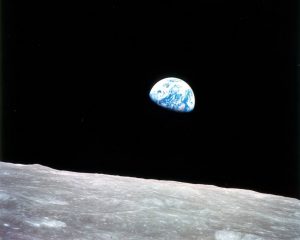 Astronaut William Anders’ famous picture of the Earth as seen from the surface of moon (Time, January,1969) is worth a thousand words. Big Historian Fred Spier recalls the moment when as a young Dutch boy he first saw this image on a black-and-white television screen and soon thereafter on the cover of TIME. In tones familiar to any student of mystical experience, Spier recalls: “While looking at this picture, I experienced a shock that I had never felt before and never have experienced since. Within a second, it changed my perspective of Earth beyond recognition. I tore the picture out carefully, stuck it onto the wall of my room and looked at it for years. I still have this picture and treasure it greatly.”
Astronaut William Anders’ famous picture of the Earth as seen from the surface of moon (Time, January,1969) is worth a thousand words. Big Historian Fred Spier recalls the moment when as a young Dutch boy he first saw this image on a black-and-white television screen and soon thereafter on the cover of TIME. In tones familiar to any student of mystical experience, Spier recalls: “While looking at this picture, I experienced a shock that I had never felt before and never have experienced since. Within a second, it changed my perspective of Earth beyond recognition. I tore the picture out carefully, stuck it onto the wall of my room and looked at it for years. I still have this picture and treasure it greatly.”
Spier’s feelings are hardly unique. In fact they are legion. The Dalai Lama tells of the same life-changing effect this image had on him. Yet what a difference in ethical implications there seems to be between materialist and non-materialist contemplations of this image. So far as I know, lovers of empirical science remain rationally free to existentially choose between them.
Our Earth is of course not nearly as old as the Universe. Formed about 4.5 billion years ago, it was, at first, hotter than hell and dead as doornail. After formation 800 million more years would pass before life mysteriously arose, and, much later, us. But as far as we know, life’s occurrence and evolutionary efflorescence happened here and only here. Of the 110 billion human beings that have ever been alive, all have lived on this very tiny island speck of matter in an unthinkably vast cosmic sea. We all have the same small home. We are earth beings down to our marrow. This is the terrestrial sense in which we are one.
3. The Biological Sense in Which We Are One

Life arose in the Earth’s oceans about 3.5 billion years ago in the form of
bacteria. Spier observes that the emergence of life required processes that could absorb enough energy to reach levels of greater complexity, but that such a feat would have required a far greater output of energy than any existing material process could muster. Everything we know about the behavior of matter and energy would lead us to believe that at this point the whole venture should have said “to hell with it” and remained lifeless. But it didn’t. “The inescapable conclusion,” writes Spier, “is that during its emergence, life must have evolved an in-built drive that was strong enough to keep itself alive. It is unknown to me what the biological mechanism for this drive would consist of” [My emphasis]. Kudos to Spier for his frankness.
But when life did emerge, its basic credentials were unvarying. As Spier makes clear, if we define life as any process containing within itself a hereditary program for defining and directing molecular mechanisms to extract/consume matter and energy from the environment to maintain itself and reproduce itself, such hereditary programs are directed by DNA and RNA molecules, the so-called genetic material. Guy Murchie wraps the fact in requisite wonder:
“The universality of this extraordinary material (DNA) is quite beyond comprehension. [It is] widely presumed to have existed since life began some three billion years ago and now it directs in detail all cellular growth in every kind of organism, from viruses to mold to houseflies to trees to whales.”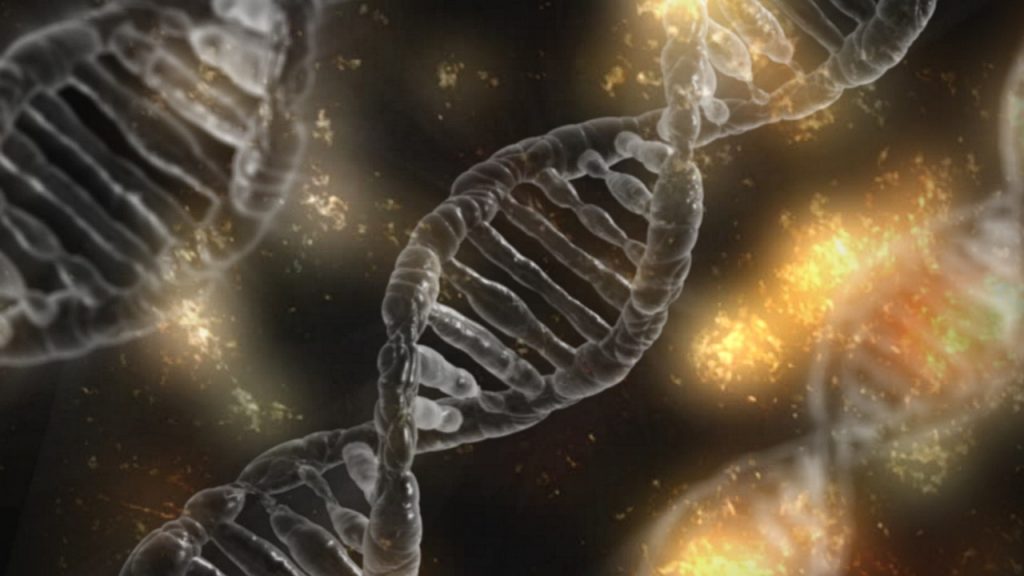
DNA’s omnipresence means either 1) that life arose only once, or 2) that it arose a more than once, but all the other ways were destroyed and only one survived. As David Christian notes, either way “all organisms living today, from humans to bananas, to sea squirts and amoebae, are descended from the same (bacterial) ancestor.”
A mere 7 million years ago copying errors and/or eliminative pressures began to produce a divergence between what we now call chimpanzees and what we now recognize as the beginning of the hominid line that led (some 6 million years later) to Homo sapiens. Chimps are our closest nonhuman relative on planet earth. We know this because DNA sequences in chimps and humans differ by only 1.5%. Another way to say this is that the chimpanzee and human genomes are 98.5% identical.
Our genetic proximity to chimpanzees underscores humanity’s far greater genetic closeness to each other. Brown University biologist Kenneth Miller, evolution’s star witness in the landmark Dover, Pennsylvania decision against intelligent design qua scientific theory, provides the numbers: “The human genome contains 3164.7 million chemical nucleotide bases and that on the order of 99.9% of those nucleotide bases are the same in all people.”
This is the biological sense in which we are one.
The universal human conditions reviewed in sections 1-3 are commonplace. Alone they are not solid grounds for reconsidering the ethico-spiritual unity of Homo religiosus. But when these basic lessons of Big History are linked to the advance in anthropology discussed in the next section, the ground becomes far firmer.
4. The Psychological Sense in Which We are One: Cultural Universals
Harvard’s Steven Pinker has written that, “the new sciences of human nature…expose the psychological unity of our species beneath the superficial differences of physical appearance and parochial culture.” If Pinker is right, a hundred years of skepticism over the existence of a universal human nature is over. Indeed, anthropologists have now confirmed beyond reasonable doubt the existence of a wide array of basic psychological adaptations to life that characterizes every Homo sapiens culture known to history and ethnography. This is headline news because as late as 1982 a noted anthropologist could write, as Edmond Leech did, that “during the hundred years of their existence, academic anthropologists have not discovered a single, universally valid truth concerning either human culture or human society.” And not long before that, a ranking academic panel declared cultural universals to be “no more likely than bird-shit in a cuckoo clock.” How did we get from these statements to Pinker’s? What led to this stunning reversal of opinion?
In the 1880’s anthropology’s founder, Edwin Tylor, guessed that beneath the surface differences of human behavior there possibly lay a “psychic unity of mankind.” But this hypothesis faded to the background as new anthropological troops trekked to the far corners of the earth to record the facts in all their particularity.
When in 1896 Columbia University hired Franz Boas to develop its anthropology program, a “universal human nature” was a live hypothesis but also, in Boas mind, a dangerously subvertible one. Too easily could the premise of a universal human nature lead to one culture’s claim that it had cultivated that nature to a superior degree. By the end of World War I Boas was all too aware of the extremes to which absolutist nationalisms could tend and he did not want the new science of anthropology pumping fuel to pyromaniacs.
Boas’ profoundly influential students read the burgeoning ethnological data as indicating an extreme plasticity of human behavior and argued that cultures were incommensurable organic wholes with their own unique and appropriate ethoi. Never mind for the moment that Boas cultural relativism contradicted his transculturally absolute condemnation of racism. By the second half of the 20th century, anthropology’s commitment to cultural relativism was firmly in place.
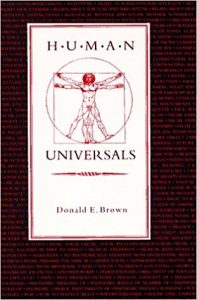
Enter Donald Brown, a now retired professor of anthropology at the University
of California, Santa Barbara. A self-described Boasian cultural anthropologist, Brown tells of how he once bet a colleague that he could find exceptions to the colleague’s claim that some sexual practices were universals. Brown tried and failed. After making – and losing – a similar second bet, Brown got curious about how long the list of cultural universals really was.
When he re-studied the literature, he found that human universals, which he defines as ‘those features of culture, society, language, behavior and mind that, so far as the record has been examined, are found among all peoples known to ethnography and history,” had been a persistent though recessive theme throughout the century. The Blank Slate, Steven Pinker’s 2002 case for the reality of human nature, dedicates an entire appendix to Brown’s list, adding to it some 56 new universals that have since surfaced. William Gairdner has devoted a chapter of his recent and remarkable The Book of Absolutes to lifting up Brown’s work to a wider public.
Brown’s book is rich. All I can do here is to make an impression on the reader’s mind by a representative sampling of the many universals he (and Pinker) cite:
Members of every Homo sapiens culture known to history and ethnography adorn their bodies, style their hair, and like sweets.
They engage in gift-giving and hospitality; they experience empathy and feel affection.
Many human facial expressions are universal and elicit the same emotional responses everywhere.
Members of every Homo sapiens culture known to history and ethnography use language as their principal medium of communication and all languages have the same deep architecture, built of the same basic units and arranged according to implicit rules of grammar.
They have poetry and use metaphor, and apply aesthetic standards.
They reckon time, distinguish past, present and future, and strive to predict the future, including the weather.
Every Homo sapiens culture known to history and ethnography uses logic, makes binary cognitive distinctions and thinks in causal terms.
It has concepts of polar extremes, parts and wholes, opposites and equivalents, and distinguishes between normal and abnormal mental states.
Every Homo sapiens culture known to history and ethnography distinguishes inner from outer body, public from private, flora from fauna; it regulates sex, avoids incest, and has standards of sexual modesty.
Every Homo sapiens culture known to history and ethnography distinguishes right from wrong and recognizes reciprocity, responsibility and intention. They are all aware of the possibility of cheating and lying, and they all strive to protect themselves from same.
And so on…
Anthropology’s current rediscovery of human nature means that the question of human religious unity has become freshly salient. If human beings share:
• the same cosmic background,
• the same earth origins,
• a genetic code that differs minutely across the species,
• a universal linguistic deep-grammar,
• and a psychic unity as demonstrated by these many cultural universals,
It would be scientifically irresponsible to ignore the hypothesis that within the diversity of global religious life there are also important invariants.
5. The Unity-Within-Diversity of Humanity’s Religious History
We argue over religion’s worth, but no one disputes its ubiquity. When Freud called religion a universal obsessional neurosis, he at least got the universality part right. And when no less a scientist than E. O. Wilson tells us that “the predisposition to religious belief is the most complex and powerful force in the human mind and probably an ineradicable part of human nature” [my emphasis], there is little point in denying that as a species we still are, as we apparently have always been, Homo religiosus. Human beings are surely natural creatures, but they are just as surely prone to experience/interpret the natural as having a transcendent dimension or aspect.
Witness not only religion’s ubiquity but it’s shocking vitality. If to drive this point home I were limited to one case, it would be China. For well over two millennia the Chinese one-seventh of Homo sapiens related themselves to a putative Sacred dimension of life by means of beliefs, rituals and moral codes deriving from folk, Confucian, Taoist and Buddhist ways. The end of that era can be conveniently dated to 1898 when slogans like “destroy temples to build schools” advanced the reformist, modernizing agenda. For roughly the next one hundred years China witnessed what historians believe to be the severest attack on religion in history. “Even before the Communist takeover in 1949, half of the country’s one million temples had been converted to other uses or destroyed. Over the next thirty years virtually all the rest were wiped out; by 1982, when religious life was permitted to resume after the ouster of radical Maoists, China had just a few score temples, churches, and mosques still in usable condition—in a country that now had one billion people” writes the New York Review’s Ian Johnson. Johnson observes:
“After three decades of prosperity—the first significant period of stability in 150
years—… it’s no exaggeration to say that China is in the grip of a religious revival… analogous to America’s Great Awakening in the nineteenth century…Hundreds of thousands of places of worship have reopened or been rebuilt, often from scratch… China now has the world’s largest Bible-printing plant, while thousands of new priests, nuns, and imams of various faiths are being trained every year.…By some measures, more Chinese (60 to 80 million) now go to church every Sunday than all the congregations of Western Europe put together, while China is now the world’s biggest Buddhist nation. Some speculate that the government still views religion in Marxist terms as an opiate of the masses—the twist is that instead of eradicating the drug, the Party hopes to use it to keep people diverted from politics. While that may be true, it’s also clear from the writings of some government leaders that they see …social dislocation [and moral decline] … being eased by temples, mosques, and churches, which provide social services and a local community of believers to help people cope with the hardships and isolation of urban life…Religion is …creating rudimentary forms of civil society… … After a century of bitter experience, religion remains at the core of China’s transformation.”
Zooming back out from China to the Big Picture: Historically religion has taken on no fewer than 100,000 forms (Wallace 1966, in Wilson 1974, 176). 90% of the world’s current population engages in spiritual or religious practice of some sort (Koenig 2002 in Walsh 2011, 586), and there are as many as 9900 distinct forms of religion still extant (Barret 2001 in Lester 2002).
In this riot of religious expression can we discern humanity’s “single spiritual heritage?” If so we will owe a massive debt to the many 20th century thinkers who put their shoulders to this wheel.
Interpreters of religion as a global phenomenon sooner or later face a live option between interpreting it naturalistically or interpreting it religiously. An explanation of what I want these terms to mean in the strict sense will show that those who call themselves “religious naturalists” (thereby implying that something is wrong with my bifurcation) are religious (not naturalistic) interpreters of religion.
The naturalistic interpretation of religion goes broadly as follows: the pan-religious claim of the existence of an invisible reality with which humans are well-advised to live in harmony — pointed to by the symbols God, Dharma, Tao, Great Spirit and the like — is simply false. There is no such reality. Rather, religion is and has always been humanity’s fantastic response to the psychological and social pressures encountered in its own biological niche. Faced with pain, bewilderment and death, not to mention the challenge of achieving moral solidarity, human beings, in a desperate attempt to cope, have always invented higher Powers and projected them into the cosmos via beliefs and rituals. Religion is at best a helpful fiction, at worst a pathology to be sloughed off as we evolve.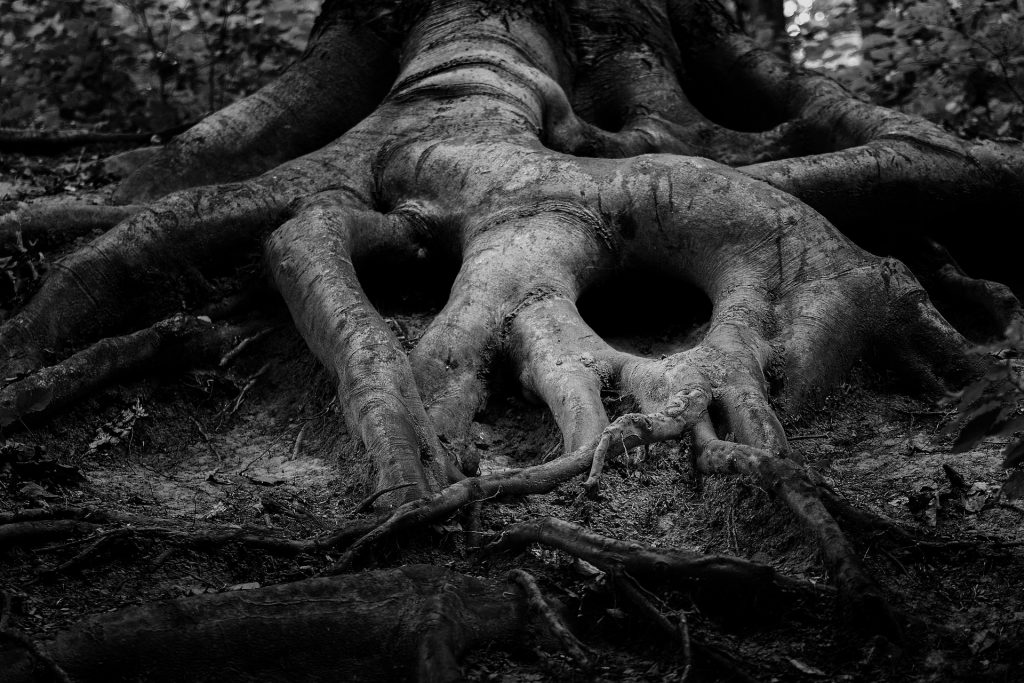
Like so many contemporary thinkers I am a big fan of the explanatory power of this naturalistic interpretation of religion. Yet during its explanatory success lies a failure so profound (so the argument goes) that it prevents the naturalistic interpretation from crowning itself the only rational interpretation on view. For what it fails to explain persuasively is the vast, insistent and continuing throb of significantly meaningful religious experience across the globe. As William James warned long ago, there is much religious experience – mystical experiences, sensings of transcendence, intimations of immortality, and so on – that is not convincingly reduced to psychosocial coping mechanisms or explained away by brain correlations. I will try to save time here by foregoing a foray into the literature of religious experience and instead simply quote someone who for all intents and purposes is one of the greatest practitioners of the naturalistic interpretation, namely, the neuroscientist, Sam Harris. In his otherwise scorched earth critique of religion, The End of Faith, Harris nevertheless urges that religions “attest to a range of spiritual experiences that are real… and entirely worthy of our investigation; experiences of meaningfulness, selflessness, and heightened emotion” that “…surpass our narrow identities as “selves” and escape our current understanding of the mind and brain” (Harris, 2004, 39). Of course, naturalists hope for the day when religious experience will be understood on purely physicalist grounds — but this is promissory naturalism not the real thing.
The alternative to the naturalistic interpretation of religion is the religious interpretation. Members of the genre acknowledge the validity of much of naturalistic interpretation but share the hypothesis that a spiritual dimension might really exist and that physicalism (materialist naturalism) provides an inadequate theory of reality (let alone of religion). At its core, John Hick’s own religious interpretation of religion sees it as a varied conditioned human response to a transcategorial Real that no set of human constructs can exhaust. Human responses to the Real are variant because the Real is never known as it is but only as experienced and interpreted through the myriad neuronal, psychic and cultural-linguistic conditions of the human mind.
The fact that neither the naturalistic nor the religious interpretation of religion has been able to drive the other decisively from the field of rational consideration means that at the Global Court of Human Intelligence the universe has been tried and thus far found to be religiously ambiguous. Both interpretations are inconclusive. Either, if adopted as a way of life, requires a leap of faith and entails risk. The risk in adopting the religious interpretation of religious data is fooling ourselves with wishful thinking. The risk in adopting the naturalistic interpretation of religious data is prematurely closing our accounts with an arguably important ‘dimension’ of reality – a move William James famously warned us against.
6 Our Emerging Moral/Spiritual Unity
Evolutionary psychologist Robert Wright has recently argued that humanity is moving erratically but steadily toward an expansion of its moral compass, indeed, toward a moral universalism in theory and in practice. More and more of us, he says, are placing others of us within the circle of their moral consideration and thereby affirming the equal moral status of all human beings. “Time has drawn us toward the commonsensical-sounding yet elusive moral truth that people everywhere are people, just like us.” Might we be during an evolutionary uptick in Homo sapiens’ moral quotient?
We ask this outlandishly hopeful question because improbable emergences of somethings-out-of-their-own-absences – even if they require aeons– are precisely what Big History has taught us to expect!
• From the Big Bang itself,
• to the emergence of matter from pure radiation,
• to the de novo appearance of oligonucleotides without which life would not have been possible (Joyce 1999, 49-78. In Gesteland 1999. In Berlinsky 2009, 202).
• to the emergence of life out of its own absence,
• to the apparently sudden emergences of protein folds, major groups of viruses, principal lineages of prokaryotic archaea and bacteria, eukaryotic supergroups and animal phyla (Koonin 2007. In Berlinsky 2009, 193),
• to the emergence of human consciousness,
• and finally to a entirely new dimension of evolution – cultural evolution – made possible by consciousness,
• Big History teaches us that the universe is not a static cosmos but a continuous and irreversible cosmogenesis (Swimme, 992, 223)– a recurrent and partially lawless birthing of the radically new (Kaufmann 2009). One of Big History’s biggest learning outcomes is that “nothing transcends Nature like Nature herself” (Rue, 2000).
Religions have heretofore been humanity’s primary vehicles for answering two of our biggest questions: Why be good? And how? Whether our old religions will continue to help us on this road, or whether their tendency toward literal renderings of cultural symbols will ultimately subvert their ethical teachings (and thus their relevance), is a debated issue. But with or without the help of the old religions, insists complexity theorist Stuart Kaufmann in his aptly titled Reinventing the Sacred, “the task of finding a common spiritual, ethical and moral space to span the globe could not be more urgent.”
Big Historians should understand that the origin story they are telling necessarily provides its hearers with the germ of a moral outlook. And the very logic of Big History requires that its moral outlook – whatever it is –be species-wide. The notion of an emergent moral unity thus appears to be a necessary condition for any Big History that isn’t frankly nihilistic. We call on Big Historians to be explicit about their role in creating the kind of global ethical-spiritual space that scientists like Kaufmann have called for.
References:
Barrett, David B. et al. 2001. The World Christian Encyclopedia, 2nd Edition. New York: Oxford Univ. Press.
Bellah, Robert. 2011. Religion in Human Evolution from the Paleolithic to the Axial Age. Cambridge, Massachusetts: President and Fellows of Harvard College.
Berlinsky, David. 2009. The Devil’s Delusion. New York: Basic Books.
Brown, Cynthia. 2007. Big History. New York: The New Press.
Brown, Donald. 1995. Human Universals. Philadelphia: Temple Univ. Press.
_____. 1999. “Human Universals.” In MIT Encyclopedia of the Cognitive Sciences, ed. R.A. Wilson and F.C. Keil. Cambridge: MIT Press.
_____. 2004. “Universals, Human Nature and Human Culture.” Daedalus Fall, 2004, 47-54.
Christian, David, Craig Benjamin and Cynthia Brown. 2013. Between Nothing and Everything. New York: McGraw Hill.
Christian, David. 2004. Maps of Time. Berkeley: University of California Press.
Deacon, Terrence. 1997. The Symbolic Species: The Co-evolution of Language and the Brain. New York: Norton.
Edgerton, R.B. 1982. Sick Societies: Challenging the Myth of Primitive Harmony. New York: Free Press. In Gairdner 2008, 44.
Flanagan, Owen. 2007. The Really Hard Problem: Finding Meaning in a Material World. Cambridge, Mass.: MIT Press..
Gairdner, William. 2008. The Book of Absolutes. Montreal: McGill-Queen’s Univ. Press.
Geertz, Clifford. 1973.“Ethos, World-View and the Analysis of Sacred Symbols.” In The Interpretation of Cultures, 127. New York: Basic Books.
Gesteland, Raymond F. et al. The RNA World, Second Ed. 1999. Cold Spring Harbor, New York: Cold Spring Harbor Laboratory Press.
Harris, Sam. 2004. The End of Faith. New York: Norton.
James, William. [1902] 1958. Varieties of Religious Experience. (New York: New American Library.
Joyce, Gerald F. and Leslie Orgel. 1999. “Prospects for Understanding the Origin of the RNA World.” In Gesteland 1999, 49-78.
Koenig, H.G. 2002. Spirituality in Patient Care: Why, How, When and What. Philadelphia: Templeton Foundation Press.
Koonin, Eugene. 2007. “The Biological Big Bang Model for the Major Transitions in Evolution.”
Lester, Toby. 2002. “Oh Gods.” Atlantic Monthly February.
Murchie, Guy. 1978. The Seven Mysteries of Life. New York: Houghton Mifflin.
Murdock, George. 1945. “The Common Denominator of Cultures.” In The Science of Man in the World Crisis, ed. R. Linton, 124-142. New York: Columbia Univ. Press.
Nagel, Thomas. 2012. Mind and Cosmos: Why the Materialist Neo-Darwinian Conception of Nature is Almost Certainly False. New York: Oxford Univ. Press.
Peterson’s and Seligman. 2004. Character Strengths and Virtues. New York: Oxford University Press.
Pinker, Steven. 2002. The Blank Slate. New York: Viking.
Plantinga, Alvin. 2011. Where the Conflict Really Lies: Science, Religion and Naturalism. New York: Oxford Univ. Press.
Roberts, E and E. Amidon, 1991. Earth Prayers. San Francisco: HarperSanFrancisco.
Rue, Loyal. 2000. Everybody’s Story. Albany: SUNY Press. Foreword by E.O Wilson.
Smith, Wilfred Cantwell. 1981. Towards a World Theology. Philadelphia: Westminster.
Spier, Fred. 2011. Big History and the Future of Humanity. Oxford, UK: Wiley-Blackwell Publishers Ltd.
Swimme, Brian and Thomas Berry. 1992. The Universe Story. New York: HarperCollins.
Joyce and Orgel, The RNA World, cited in D. Berlinsky The Devil’s Delusion (New York: Basic Books, 2009), 202.
Wallace, A.F.C. 1966. Religion: An Anthropological View. New York: Random House.
Walsh, Roger. 2011. “Lifestyle and Mental Health.” American Psychologist October, 586.
Wright, Robert. 2010. The Evolution of God. New York: Little, Brown & Co.
Endnotes
1. Among them: Aldous Huxley in The Perennial Philosophy (1945); Arnold Toynbee in A Study of History (1954); Carl Jung (implicit in his theory of a collective unconscious and a universal Self) in the most widely read autobiography of the 20th century, Memories, Dreams, Reflections (1965); Alan Watts in Behold the Spirit (1971) and The Supreme Identity (1973), Catholic philosopher John Dunne in The Way of All the Earth (1972); Frithjof Schuon in The Transcendent Unity of Religions (1975) and other books; Huston Smith, in Forgotten Truth (1976); Patrick Burke’s little classic The Fragile Universe (1979); Wilfred Cantwell Smith in Faith and Belief (1979), Towards a World Theology (1981), and other books; Ken Wilber in No Boundary (1979) and other books; Paul Knitter in No Other Name? (Maryknoll, New York: Orbis Books, 1985); N. Ross Reat and Edmund Perry in the unjustly neglected A World Theology: The Spiritual Unity of Humankind (1991), and Karen Armstrong in The Great Transformation (New York: Knopf, 2006).
I have intentionally omitted a name from this list because it deserves its own paragraph and more. In his Gifford Lectures published as An Interpretation of Religion (1989) and a host of other books the English philosopher of religion John Hick has produced the most comprehensive and brilliantly lucid proposal for understanding both variance and invariance within the phenomenon of global religion that I know of in English. For everything else I say in this section, I am directly indebted to him.

